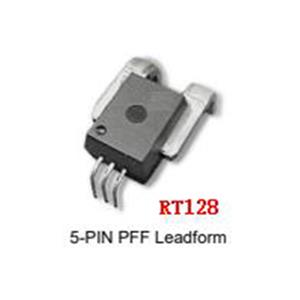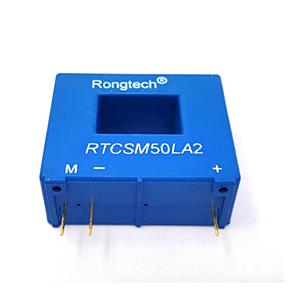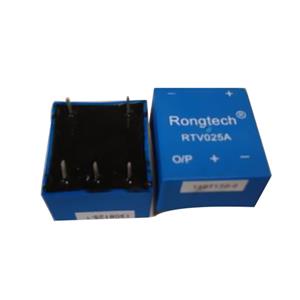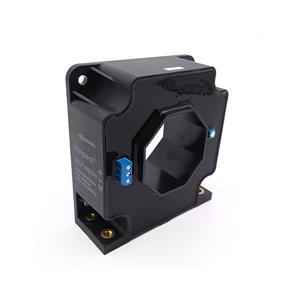Industry Trends and Future Outlook for High-Power Resistors and Precision Current Sensors
The global electronics industry is undergoing rapid transformation, driven by advancements in renewable energy, electric mobility, industrial automation, and next-generation communication systems. Within this landscape, critical components such as thick film non-inductive high-power resistors and closed-loop Hall effect current sensors are poised to play pivotal roles. This article explores emerging trends, technological innovations, and market dynamics shaping the future of these products, with a focus on the 2025–2030 horizon.
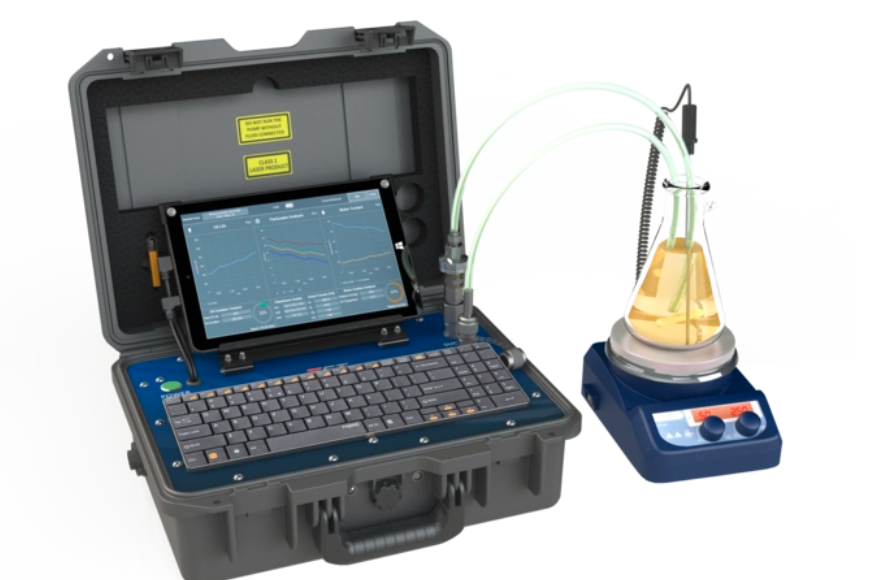
1. Technology-Driven Trends
1.1 Integration with Wide-Bandgap (WBG) Semiconductors
The adoption of silicon carbide (SiC) and gallium nitride (GaN) semiconductors is revolutionizing power electronics, enabling systems to operate at higher voltages, frequencies, and temperatures. This shift demands high-power resistors with faster thermal response and lower inductance to manage switching losses and voltage spikes. Similarly, precision current sensors must achieve wider bandwidths (>500 kHz) to monitor ultra-fast SiC/GaN-based converters in EVs and solar inverters. Future resistor designs may incorporate direct bonding to WBG substrates to minimize parasitic effects.
1.2 Miniaturization and Power Density Enhancement
As industries prioritize space-constrained applications (e.g., drones, wearable medical devices), component miniaturization will accelerate. Thick film resistors will leverage advanced screen-printing techniques and nanomaterials (e.g., graphene-doped pastes) to achieve higher power densities (>10 W/cm³) in smaller footprints. For current sensors, MEMS-based Hall elements and integrated ASICs will reduce package sizes while improving signal-to-noise ratios.
1.3 Smart and Self-Diagnostic Components
The rise of Industry 4.0 and IoT will push resistors and sensors toward "smart" functionality. Embedded sensors could monitor resistor temperature in real time, enabling predictive maintenance. Closed-loop current sensors may integrate digital interfaces (I²C, SPI) for direct communication with microcontrollers, offering self-calibration, fault detection, and data logging capabilities.
1.4 Sustainability and Circular Design
Environmental regulations (e.g., EU RoHS, REACH) will drive demand for eco-friendly materials. Resistor manufacturers may adopt lead-free, halogen-free thick film pastes, while current sensor producers will focus on recyclable magnetic cores and reduced rare-earth material usage. Energy efficiency improvements—such as resistors with lower TCR drift and sensors with near-zero insertion loss—will align with global carbon neutrality goals.
2. Market Growth Drivers
2.1 Electric Vehicle (EV) Proliferation
The EV market, projected to grow at a CAGR of 25% through 2030, will be a primary driver. High-power resistors are essential for battery management systems (BMS), onboard chargers, and regenerative braking. Closed-loop current sensors will see surging demand for precise SOC (state-of-charge) estimation and motor control. Emerging markets like India and Southeast Asia will further amplify growth as EV adoption accelerates.
2.2 Renewable Energy Expansion
Solar and wind energy installations are expected to double by 2030, necessitating robust power management solutions. Resistors for snubber circuits and current sensors for MPPT (Maximum Power Point Tracking) inverters will benefit from this trend. Offshore wind farms, in particular, will require components with enhanced corrosion resistance and reliability in harsh environments.
2.3 5G and Data Center Infrastructure
The rollout of 5G networks and hyperscale data centers will fuel demand for high-frequency, low-inductance resistors in RF amplifiers and power supplies. Precision current sensors will ensure efficient power distribution in server racks and edge computing nodes, where energy losses directly impact operational costs.
2.4 Industrial Automation and Robotics
Automated manufacturing and collaborative robots (cobots) rely on precise current feedback for motion control. Closed-loop sensors with sub-µs response times will enable real-time torque adjustments, while high-power resistors will protect circuitry in servo drives and welding robots.
3. Regional Dynamics
3.1 Asia-Pacific Dominance
China, Japan, and South Korea will remain manufacturing hubs, driven by local EV production and government subsidies for green tech. India’s push for domestic electronics manufacturing (e.g., PLI schemes) will create opportunities for regional resistor and sensor suppliers.
3.2 North America and Europe: Innovation Centers
The U.S. and EU will lead in R&D, particularly in WBG semiconductor integration and aerospace-grade components. Defense and aerospace sectors will prioritize radiation-hardened resistors and ultra-precise sensors for satellite and UAV applications.
3.3 Supply Chain Resilience
Post-pandemic, companies will diversify production beyond China, with Vietnam, Mexico, and Eastern Europe emerging as alternative manufacturing bases. Localized sourcing of raw materials (e.g., ceramic substrates, magnetic alloys) will mitigate geopolitical risks.
4. Challenges and Opportunities
4.1 Thermal Management
As power densities increase, managing heat dissipation in compact designs will require innovative cooling solutions, such as resistors with integrated heat pipes or sensors using diamond-based substrates.
4.2 Cost vs. Performance Trade-offs
While premium components will dominate automotive and medical markets, price-sensitive segments (e.g., consumer electronics) will demand cost-optimized variants. Hybrid designs combining thick film and metal strip technologies could bridge this gap.
4.3 Talent and Skills Gap
The industry must address shortages in materials science and power electronics engineering. Collaborations between academia and manufacturers will be critical to nurturing specialized talent.
5. Conclusion
By 2030, the convergence of electrification, digitization, and sustainability will redefine the roles of high-power resistors and precision current sensors. Components that offer higher efficiency, smarter functionality, and environmental compliance will dominate markets. Companies investing in R&D for WBG compatibility, miniaturization, and circular design principles will lead the next wave of innovation.
Core Keywords
Wide-bandgap semiconductors, Miniaturization, Smart components, EV proliferation, Renewable energy, 5G infrastructure, Industrial automation, Thermal management, Supply chain resilience, Sustainability.
This outlook underscores the transformative potential of high-power resistors and precision current sensors in enabling a cleaner, smarter, and more connected global economy.

